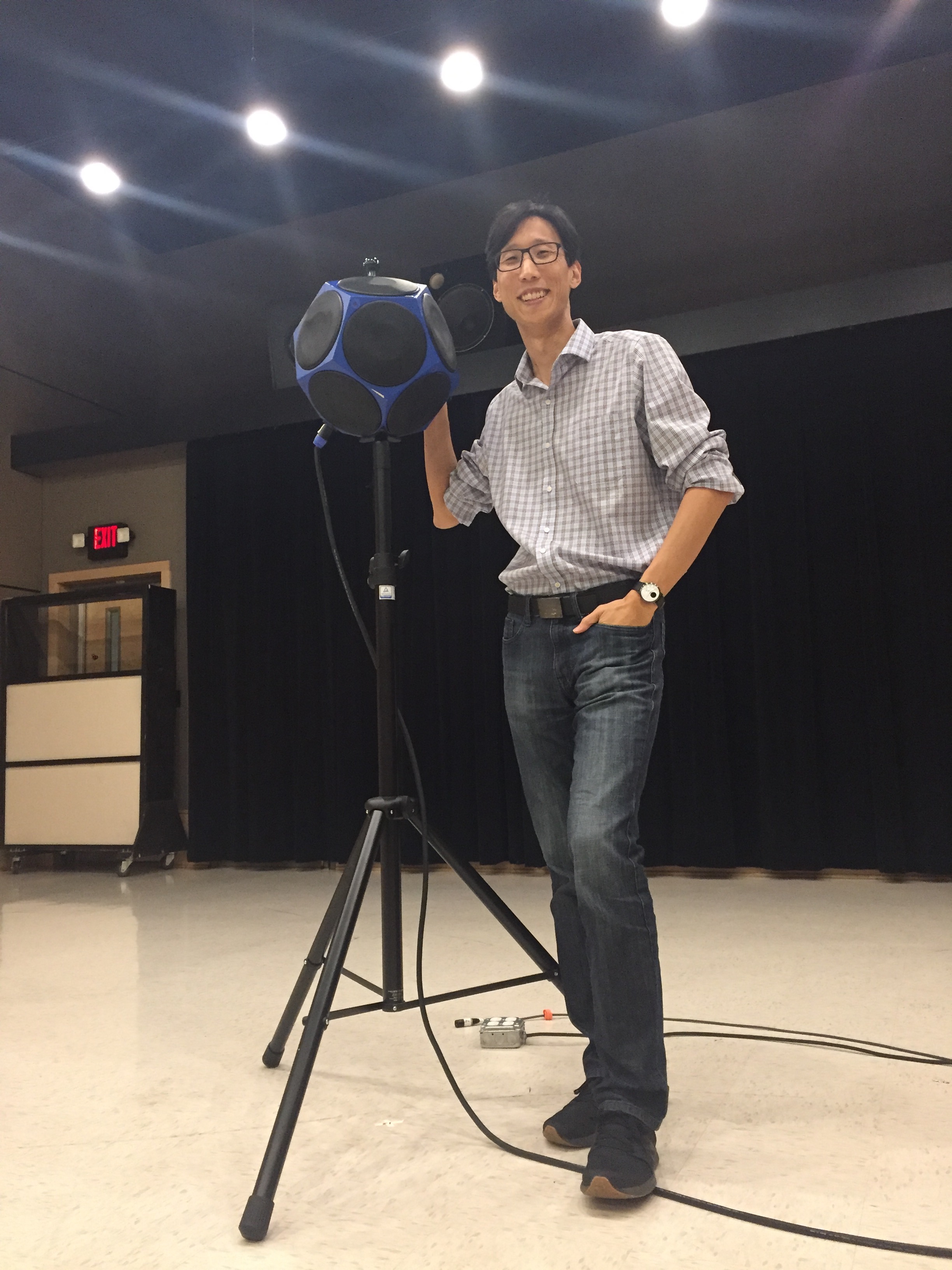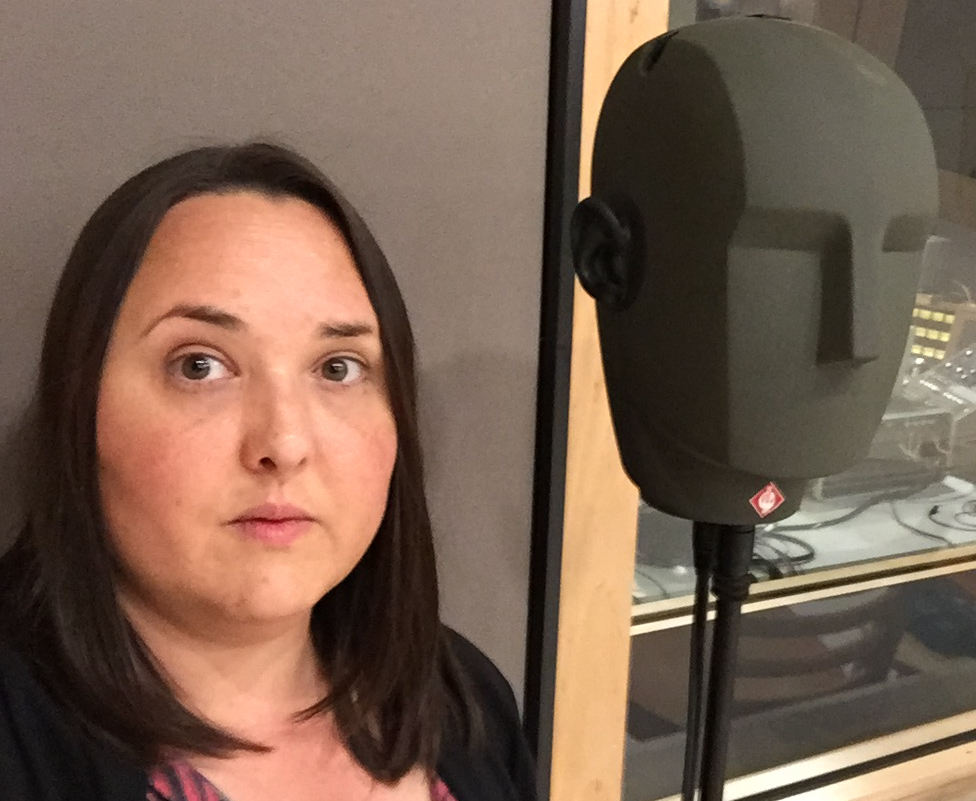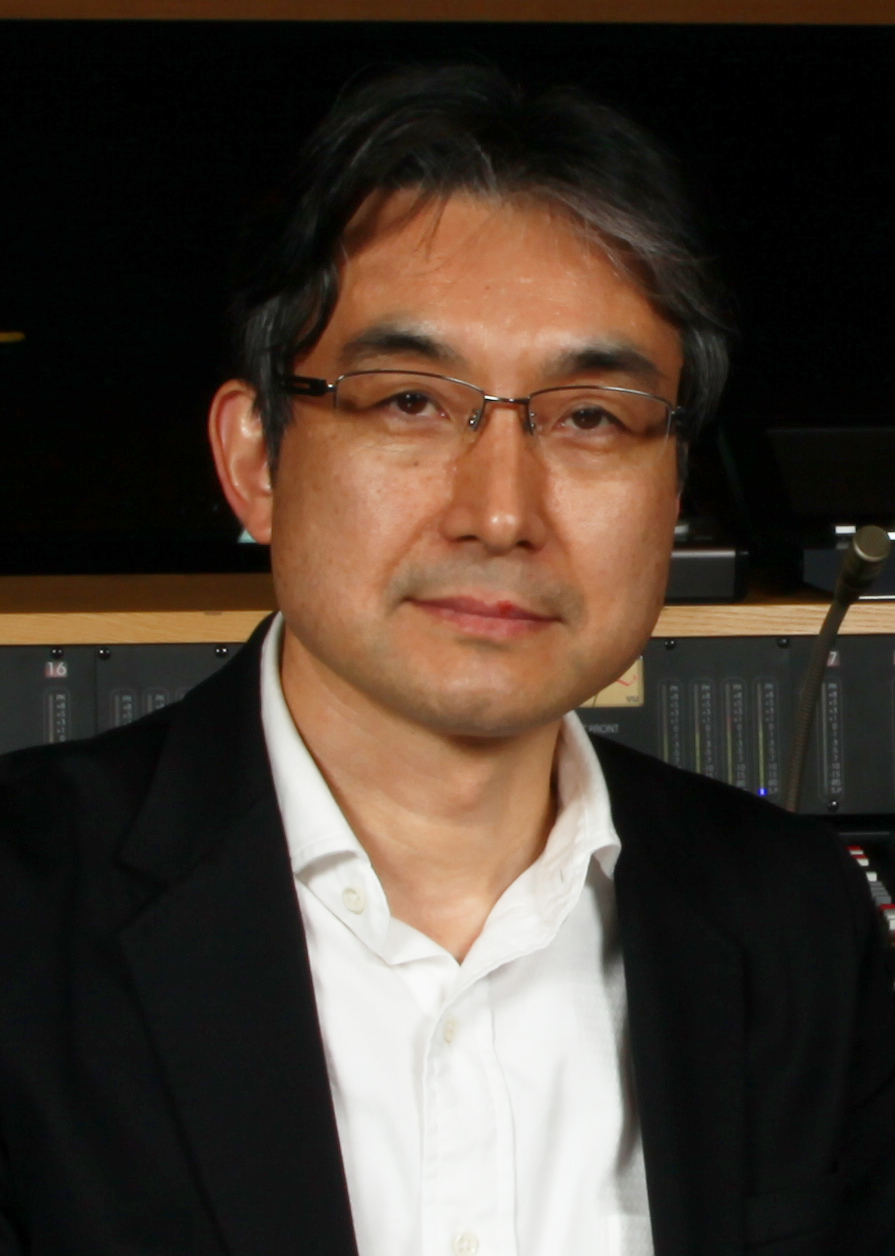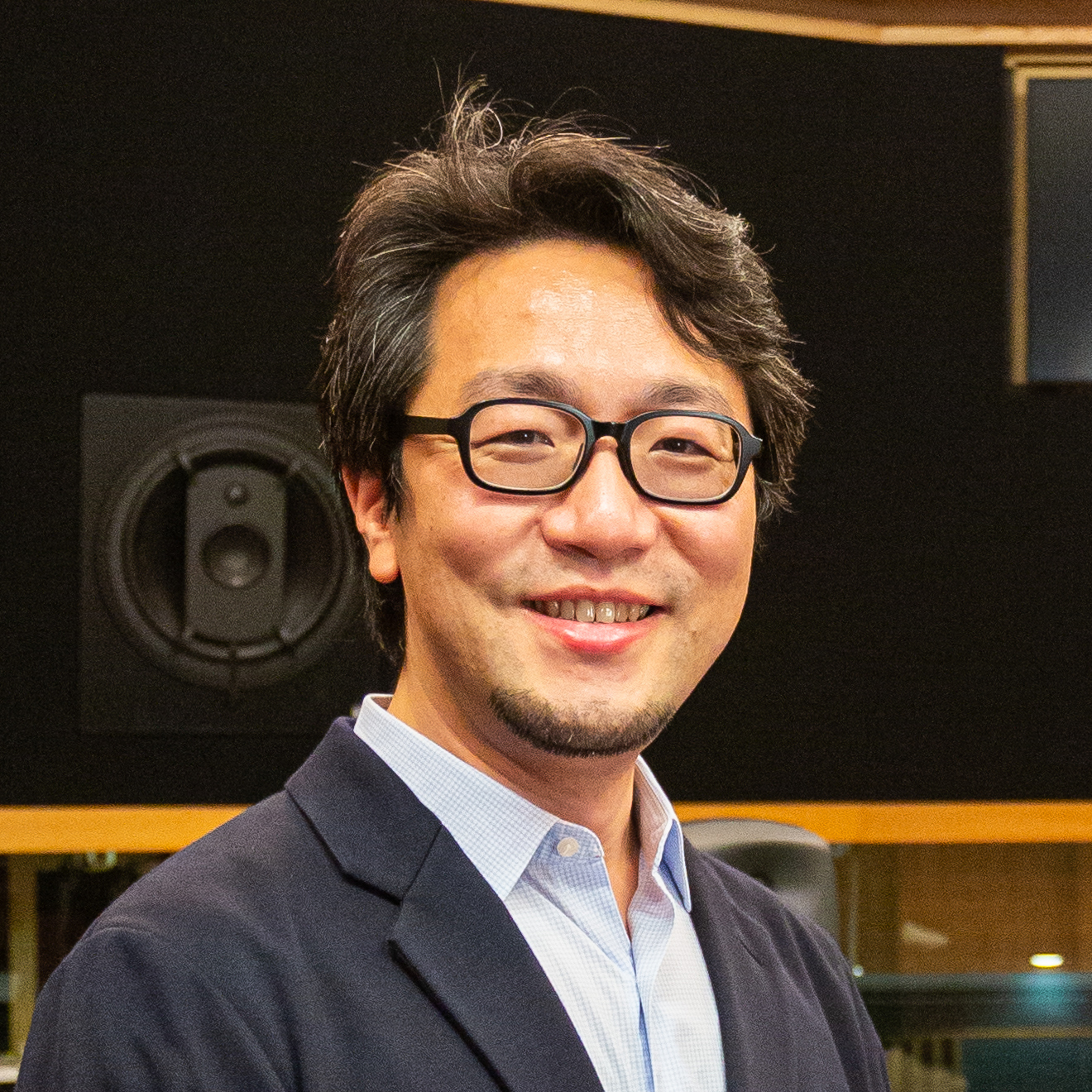Digital Preservation and Access to Aural Heritage Via A Scalable, Extensible Method

Sungyoung Kim, Co-Organizer & Project Manager, is an expert on audio digital signal processing for multichannel reproduced sound fields. Dr. Kim is Associate Professor in the Department of Electrical, Computer, and Telecommunications Engineering (ECTET) at Technology, Rochester Institute of Technology (RIT), and Associate Professor at the Korea Advanced Institute of Science and Technology (KAIST) Graduate School of Culture Technology. In his Ph.D. dissertation, Dr. Kim investigated which perceptual attributes are important for listeners when they listen to multichannel reproduced music. The study revealed that listeners preferred a sound field associated with “wider” and “tighter-bass” impression (Kim, 2009). He joined Yamaha Corporation’s Spatial Acoustics team in 2007, where he leveraged his spatial signal processing skills. He developed a tool that converts various reproduction formats to the ITU-R BS.775 5-channel format (ITU, 2006), which allows sound designers to work in studios without visiting actual venues. For example, Dr. Kim developed a method to render a virtually elevated sound image (Kim, 2014a) through the 5-channel format. His research expanded to developing a processing tool for homogeneous spaciousness across multiple reproduction formats from a pair of headphones (for electronic piano players) to five-channel loudspeakers (for audiences using a home theater audio/visual (AV) amplifier). Dr. Kim’s pioneering experience in spatial hearing signal processing will support our development of new research methods for the “scalable reproduction” of captured aural heritage proposed to the NEH. In 2010, Dr. Kim joined a project that aimed to preserve the acoustics of Casals Hall in Tokyo, an important cultural heritage of Japan, before its closing. He was in charge of signal processing to reconstruct the captured acoustics for long-term preservation. Dr. Kim has also worked to develop technologies related to a large array of loudspeakers that enhances concert hall experience, the Yamaha Active Field Control system (AFC). He led a case study that recreates a virtual Renaissance church (Watanabe et al., 2013) in a modern concert hall, an application closely related to the current proposal. In collaboration with co-PI, Dr. Ko and Prof. Wieslaw Woszczyk at McGill University, Dr. Kim organized a special session on Virtual Concert Hall Acoustics at the International Congress on Acoustics (ICA) 2013 with an associated event, the Virtual Salon Concert

Doyuen Ko, Co-Organizer, has dedicated his research efforts over the last 10 years to the study of architectural acoustic measurement and virtual acoustic creation. Dr. Ko is Associate Professor of Audio Engineering Technology at the Curb College of Entertainment and Music Business, Belmont University. As a part of the team at Virtual Acoustic Technology (VAT) Lab at McGill University, he has measured acoustic responses of over 100 historically significant concert halls, churches, and recording studios in North America, Europe and Asia. Since 2005, through research supported by The Fonds de recherche du Québec – Société et culture (FRQSC) in Canada, Dr. Ko has measured over 40 Quebec churches and constructed a comprehensive library of acoustic responses, thus preserving Quebec’s aural heritage by capturing these acoustic properties. This aural heritage library is becoming a powerful research tool for disciplines ranging from music performance to architectural acoustics (Woszczyk et al., 2008).
The Virtual Haydn project shows the value of applying real acoustic responses in music production (Beghin, 2009). Released worldwide by the classical music label Naxos, the complete works of Joseph Haydn for solo keyboard have been recorded in nine virtually reconstructed rooms replicating the spaces in which these pieces would have been performed during Haydn’s lifetime. Using the library of acoustic responses captured in Europe and Canada, Dr. Ko applied these virtual rooms both in the recording process and in post-production. In his Ph.D. dissertation, Dr. Ko investigated the effects of virtually-recreated acoustics on a musician’s perception of room acoustics and musical performance. The research deepened our understanding of how virtual acoustics benefit musicians and audiences in music performance and studio recording.

Miriam Kolar, Co-Organizer,
applies acoustical and auditory science to the study of human culture (www.culturalacoustics.org). Dr. Kolar is the Marketing and Communications Managers for Amherst College Press, a fully Open Access scholarly publisher. An Adjunct Professor at the Center for Computer Research in Music and Acoustics (CCRMA), Stanford University, she was previously a Visiting Scholar at Amherst College during her work on this project. Kolar has led
integrative archaeoacoustics and music archaeology research at the 3,000-year-old UNESCO World Heritage site at Chavín de Huántar, Peru since 2008. Previously the Five College Mellon Postdoctoral Fellow in Digital Humanities, Kolar has worked in aural heritage research and preservation especially as a practitioner of anthropological archaeology. During her interdisciplinary doctoral studies in music, acoustics, audio engineering and auditory perception at Stanford University’s Center for Computer Research in Music and Acoustics (CCRMA), she co-organized two continuing research projects on sound in cultural contexts. Her interdisciplinary Ph.D. dissertation applied ecologically valid human auditory perceptual experiments with the interior architecture at Chavín, one of this project's case-study locations. Dr. Kolar has presented aural heritage research at meetings of professional organizations spanning the Humanities and sciences, including meetings of the American Association for the Advancement of Science (AAAS), the Acoustical Society of America (ASA), the Study Group for Music Archaeology of the International Council for Traditional Music (ICTM), the Society for Ethnomusicology (SEM), the 2019 joint meeting of the Britsh Forum for Ethnomusicology (BFE) and Societe francaise d’ethnomusicologie (SFE), Computer Applications and Quantitative Methods in Archaeology (CAA), the Theoretical Archaeology Group (TAG), the Society for American Archaeology (SAA), the Institute of Andean Studies (IAS), and others. Recent journal publications include
an archaeological exploration of human-environmental relations as expressed in acoustical media at Chavín,
a theoretical article on archaeological sonics based on Chavín archaeoacoustics, a methodological article on
collaborative distributed sound-sensing at Chavín,
an Inca case-study application of her comparative method for archaeological acoustical field survey, and
an acoustical-historiographical exploration of Inca sonics, with a case-study survey of sonic-musical performance affordances of the great platform at Huánuco Pampa.

Dr. Toru Kamekawa received his Bachelor of Acoustics Design from the Kyushu Institute of Design (currently Kyushu University), Fukuoka, Japan, in 1983. He also received a Ph.D. in design from Kyushu University in 2015. He joined NHK in 1983 and gained extensive experience as a recording engineer. He participated in various experimental attempts regarding surround sound production for high-definition television, achieving great success. In 2002, he joined Tokyo University of the Arts as an
associate professor in the Department of Musical Creativity and the Environment and has been a full professor since 2010. His research focuses on immersive audio and covers auditory perception, musical acoustics, and conventional miking techniques. His current research focuses on the relationship between "spatial impressions" and 3D audio recordings and reproductions, such as 22.2 multi-channel audio and HOA. In 2024, he received the Fellowship Award from the Audio Engineering Society (AES) for diverse research on immersive audio production and reproduction and for years of outstanding contributions to AES activities.

Dr. Atsushi Marui is a full-time professor at Department of Musical Creativity and the Environment, Faculty of Music, Tokyo University of the Arts. He received an M.Sci. degree from Pennsylvania State University and pursued his doctoral studies at The University of Aizu, Japan, from which he received a Ph.D. degree in Computer Science and Engineering. He also was in the doctoral program at Sound Recording, Schulich School of Music, McGill University where he finished all but dissertation. His research interests include signal processing algorithms and their psychological evaluations of digital audio effect processors especially on nonlinear distortion processors for musical instruments, experimental design and analyses, ear training, and auditory display.









